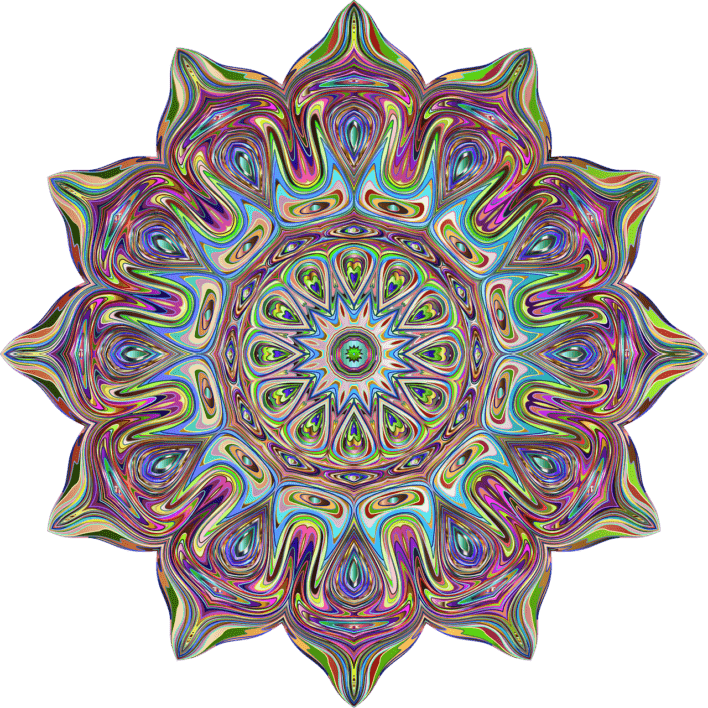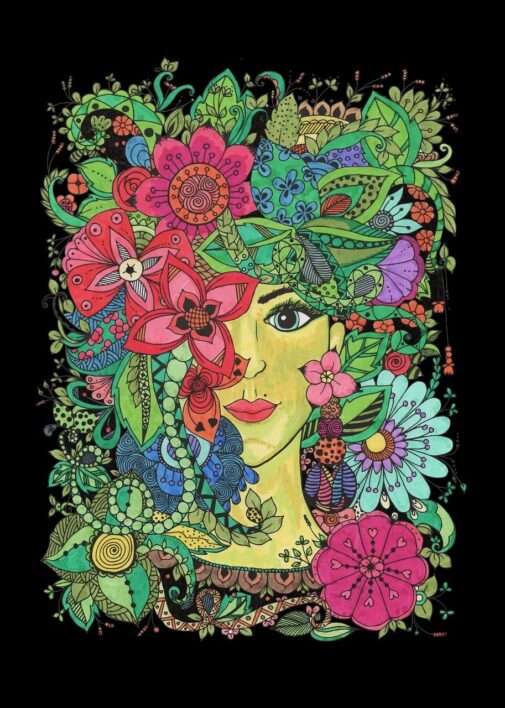Mandalas, known for their presence in adult coloring books, captivate many with their intricate designs and calming effect. But there’s much more to these geometric symbols than meets the eye.

A mandala typically features a circular design with repeating shapes and patterns. While symmetry is common, mandalas can also be asymmetrical or free-flowing. This versatility in design mirrors their diverse spiritual meanings.
Originating as a spiritual symbol in Buddhism, mandalas were tools for enlightenment and healing during meditation. They symbolize the journey from a cycle of death and rebirth to a state of enlightenment. In Buddhism, the intricate designs of squares and circles within a mandala each carry specific meanings, guiding the meditator towards spiritual elevation.
The circular and square elements represent the cosmos and the earthly realm, respectively. Navigating through these levels in a mandala symbolizes the journey towards enlightenment, moving from an ordinary state of mind to an awakened, enlightened state.
While deeply rooted in Hinduism and Buddhism, the concept of the mandala has spread across various cultures and religions. By the fourth century, mandalas were adopted by Hinduism and other belief systems, each adding their unique interpretations and styles.
Carl Jung, the renowned psychologist, saw mandalas as reflections of the inner self, capable of leading individuals to higher consciousness. He recognized their potential for self-expression and understanding of the subconscious mind.

Variations of Mandalas:
- Healing Mandalas: These are used in meditation to bring calm, enhance intuition, and radiate positive energy into the world.
- Teaching Mandalas: These represent the cumulative learning and understanding of an individual, often used in educational and spiritual settings to ‘map out’ various philosophical or religious systems.

Mandalas are much more than aesthetic designs. They are windows to spiritual journeys, tools for meditation, and maps of the cosmos and the mind. Their continued popularity and adoption across different cultures underscore their universal appeal and profound significance.
